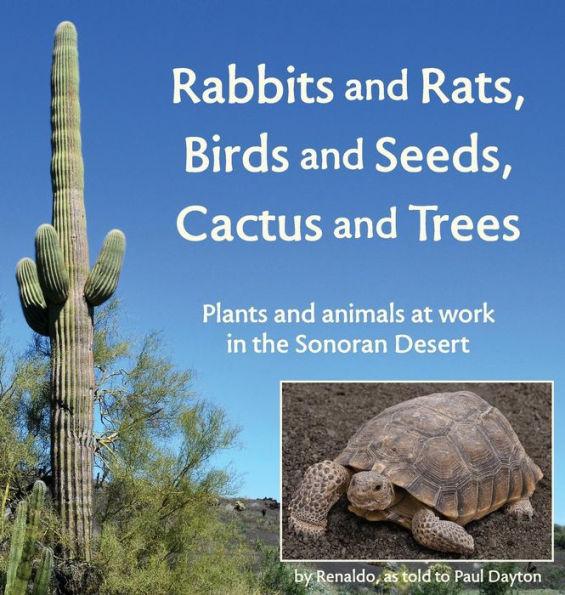Often when we look at a desert landscape, we see only today's "snapshot" of the plants and animals that live there. But what would we see if we took a much longer look -- long enough to see the dramatic changes that happen over time in this dynamic ecosystem? This friendly book tells the fascinating story of life in the desert as seen through the eyes of Renaldo, a Sonoran desert tortoise who has observed the weather, plants and animals in the highly diverse ecosystem for many years. "I am more than 80 years old," begins Renaldo, "and I've lived here all my life. I want to tell you about some of the things I've seen." Photos, drawings and Renaldo's clear explanations help readers of all ages and backgrounds understand this Sonoran desert and encourage them to wonder about what they see there: - Why is that packrat nest surrounded by a mess of sharp-spined cactus "buds"? - Why is this saguaro cactus standing all alone, while that one over there seems to be "embraced" by the branches of a mesquite tree? - Why do some ocotillo plants have a few long stems reaching almost straight up, while other ocotillos are "bushy," with more, shorter stems? - What killed the cactuses whose woody "skeletons" we see stretched out on the ground? - Why are grasses and small flowering plants dotted over the landscape in patches, almost as if they were planted in small gardens? And what does that have to do with jackrabbit boxing matches? Find the fascinating answers to these and other questions in the pages of Rabbits and Rats, Birds and Seeds, Cactus and Trees, or in the Spanish-language edition: Liebres y Ratas, Aves y Semillas, Cactos y Árboles. Royalties from this book will be donated to support regional environmental education in Sonora, Mexico. Renaldo the tortoise has observed this desert for many years. Photos, drawings and Renaldo's clear explanations answer many questions like these: - Why is that packrat nest surrounded by sharp cactus spines? - Why is that tree "hugging" that cactus? - Why do jackrabbits have boxing matches? - What killed those cactuses, leaving behind only "skeletons"? Rabbits and Rats, Birds and Seeds, Cactus and Trees is also available in a Spanish-language edition: Liebres y Ratas, Aves y Semillas, Cactos y Árboles.











